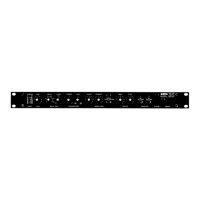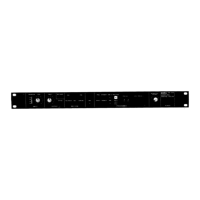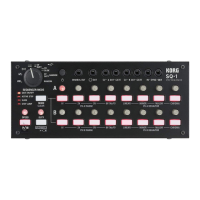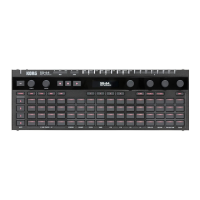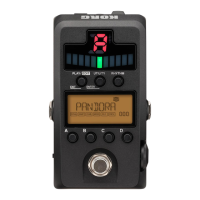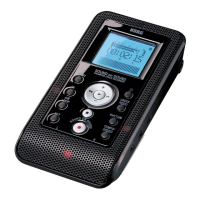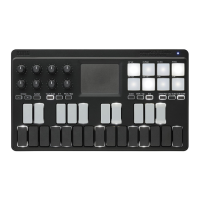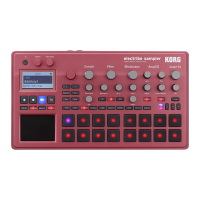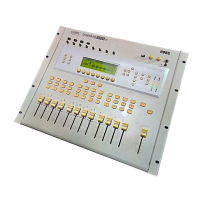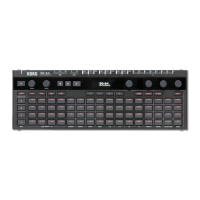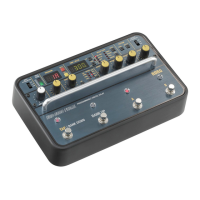
Do you have a question about the Korg SDD-3000 and is the answer not in the manual?
| Type | Digital Delay |
|---|---|
| Sampling Frequency | 48 kHz |
| AD/DA Conversion | 24-bit |
| Input Impedance | 1 MΩ |
| Output Impedance | 1 kΩ |
| Controls | Delay Time, Feedback, Modulation Depth |
| Total Harmonic Distortion | 0.05% |
| Weight | 1.5 kg |
| Modulation | LFO (Sine, Square, Random) |
Avoid direct sunlight, extremes of temperature/humidity, and dusty places for operation.
Use correct AC voltage, check for low voltage, use standard phone plugs for audio jacks.
Wipe exterior with soft, dry cloth; avoid solvents like benzene or paint thinner.
Keep away from sources of noise like radio/TVs, especially those with motors.
Built-in battery retains programs when off; recharge monthly if unused for over 3 months.
Accepts audio signals, adjusts level for optimal noise and distortion performance.
Stores, recalls, and changes nine effects programs and manual settings.
Provides repeating echoes, alters tone of flanges, chorusing, and other effects.
Creates modulations or variations in delay time for effects like flanging, chorus, and doubling.
Contains the LEVEL BALANCE control to mix direct and delayed signals.
Provides mono and quasi-stereo outputs for various audio equipment connections.
Covers input/output connections, setting input level, and balancing.
Details on selecting, writing, editing, and moving programs.
Describes effects like flanging, chorus, doubling, slapback echo, and echo.
Provides settings for a normal delay effect, adjustable for slapback.
Offers settings for a long sound delay of 400 milliseconds and longer echo effects.
Settings for achieving a doubling effect on guitars, vocals, or strings with vibrato.
Settings for a normal chorus effect, adjusting modulation intensity and frequency.
Settings for a flanging effect; feedback level can cause oscillations.
Flanging achieved via input signal dynamics (volume), effective with percussive sounds.
Settings for a trill effect, adjusting frequency to tempo and intensity for pitch change.
Settings for a trill delay effect with echo, achieving a pitch bend as echo repeats.
Effect for large input dynamic changes, a pitch bend that decreases with each echo repeat.

